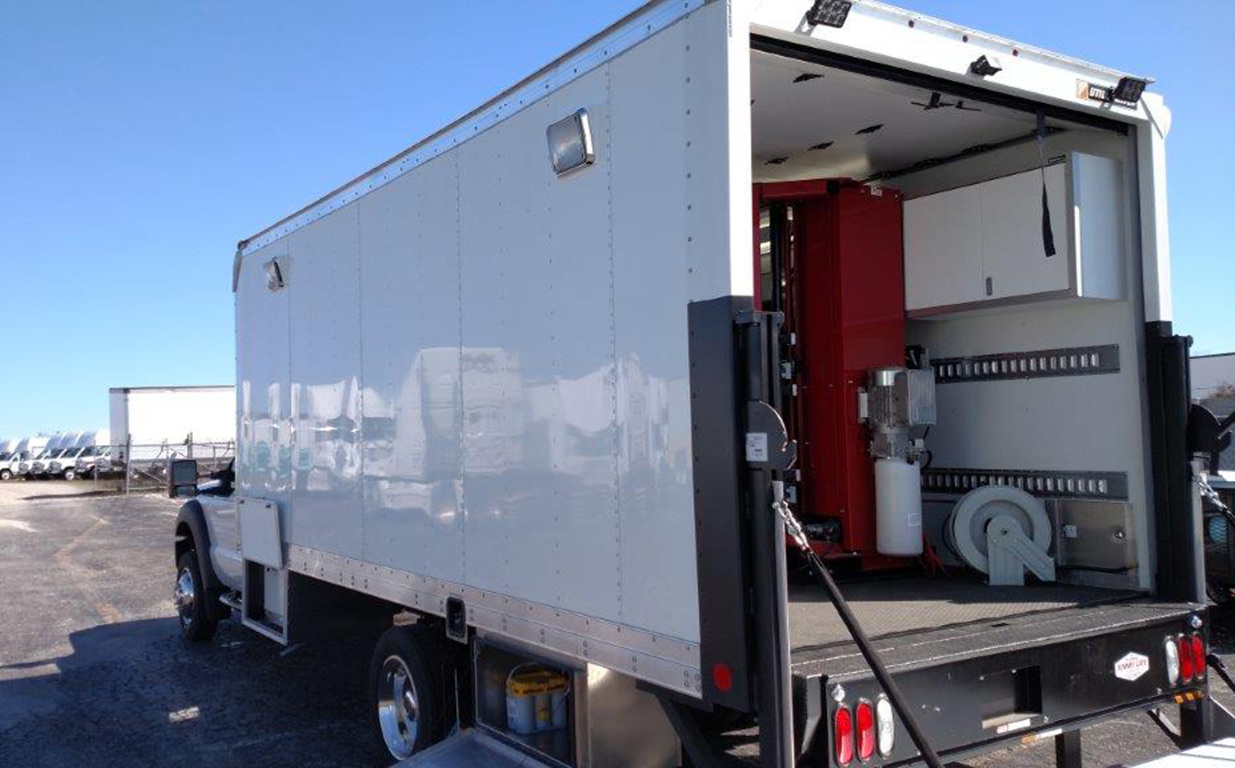Tire Service: Proven Approaches for Ideal Tire Upkeep and Treatment
Preserving ideal tire condition is critical for both safety and security and efficiency of any kind of vehicle. From ensuring proper tire pressure to normal rotation and positioning, there are proven approaches that can significantly expand the life-span of your tires and improve overall driving experience. As we explore the details of tire treatment and upkeep, we will certainly discover crucial standards that every vehicle proprietor should comply with for the best feasible results. Let's look into the globe of tire service and uncover the keys to maintaining your tires in top-notch form for the lengthy haul.
Value of Tire Stress
Appropriate tire stress advertises better fuel efficiency, as under-inflated tires can lead to increased rolling resistance, creating the engine to function more difficult and eat even more fuel. Appropriate tire pressure ensures even walk wear, enhancing tire durability and saving money in the lengthy run by postponing the need for premature replacements. Consistently examining and changing tire pressure, particularly in the past long journeys, is a basic yet reliable means to enhance automobile efficiency, expand tire life-span, and focus on safety and security on the road.
Tire Turning Standards
When thinking about tire rotation guidelines, it is necessary to understand the relevance of this upkeep task in optimizing tire lifespan and keeping optimum vehicle efficiency. Tire rotation entails transforming the position of each tire on a lorry to make certain even tread wear. Front tires tend to use faster than rear tires because of guiding forces, making normal turning vital for well balanced wear patterns. The recommended turning pattern varies relying on whether a car is front-wheel, rear-wheel, all-wheel, or four-wheel drive. Commonly, tires need to be rotated every 5,000 to 7,500 miles, or as recommended in the car handbook. Ignoring tire turning can cause uneven wear, affecting handling, grip, and potentially compromising lorry safety and security. By adhering to proper rotation guidelines, chauffeurs can prolong the life of their tires, improve gas performance, and enhance general driving experience. Routine rotation is a straightforward yet effective maintenance technique that contributes dramatically to tire long life and lorry efficiency.

Benefits of Wheel Alignment
Guaranteeing correct wheel positioning after tire turning is essential for maintaining balanced wear patterns and optimizing vehicle efficiency. Furthermore, proper wheel alignment assists to extend the life expectancy of your tires. Misaligned wheels can trigger unequal tire wear, leading to early tire replacement and increased maintenance prices.

Tire Footstep Depth Inspect
Performing a regular examination of tire step depth is vital for keeping risk-free driving conditions and prolonging the lifespan of your tires. The step on your tires plays a critical role in offering grip, especially in slippery or wet conditions. To examine your tire tread deepness, you can use a tread depth gauge or the cent examination. The suggested step depth is at the very least 2/32 of an inch. It is time to replace your tires to ensure optimum efficiency and security on the road if the step deepness is listed below this threshold. Unequal walk wear can indicate concerns with tire stress, alignment, or suspension, highlighting the importance of normal walk deepness checks. Ignoring to keep an eye on and preserve appropriate walk depth can lead to reduced hold, longer braking ranges, and an increased danger of hydroplaning. By integrating tire tread depth checks right into your regular upkeep schedule, you can drive with self-confidence knowing that your tires are in top problem.
Seasonal Tire Evaluation
Seasonal tire evaluation is a fundamental element of tire upkeep that guarantees tires are prepared to face the challenges presented by various climate conditions. In preparation for winter season, it is crucial to inspect the tire stress frequently as chilly temperature levels find more can create tire stress to go down. By conducting regular seasonal tire assessments, chauffeurs can lengthen tire life-span, boost fuel effectiveness, and most notably, ensure a secure driving experience in varying weather condition conditions.
Conclusion
Finally, maintaining proper tire stress, revolving tires regularly, lining up wheels properly, monitoring walk deepness, and carrying out seasonal assessments are essential practices for ideal tire care. By complying with these verified techniques, chauffeurs can guarantee their tires last longer, do far better, and add to total car safety and security. It is very important to prioritize tire maintenance to avoid accidents, boost fuel performance, and extend the life-span of tires.
Ample tire pressure advertises far better fuel efficiency, as under-inflated tires can lead to boosted rolling resistance, you can look here triggering the engine to function more challenging and consume even more fuel.When considering tire rotation standards, it is vital to understand the value of this upkeep task in taking full advantage of tire lifespan and maintaining ideal lorry efficiency. Seasonal tire examination is a fundamental element of tire maintenance that makes certain tires are ready to encounter the difficulties postured by different climate problems. By performing regular seasonal tire evaluations, chauffeurs can extend tire life-span, improve gas performance, and most notably, guarantee a safe driving experience in varying climate problems.
In conclusion, maintaining proper tire stress, revolving tires consistently, straightening wheels appropriately, keeping an eye on walk depth, and conducting seasonal evaluations are vital methods for ideal tire care.